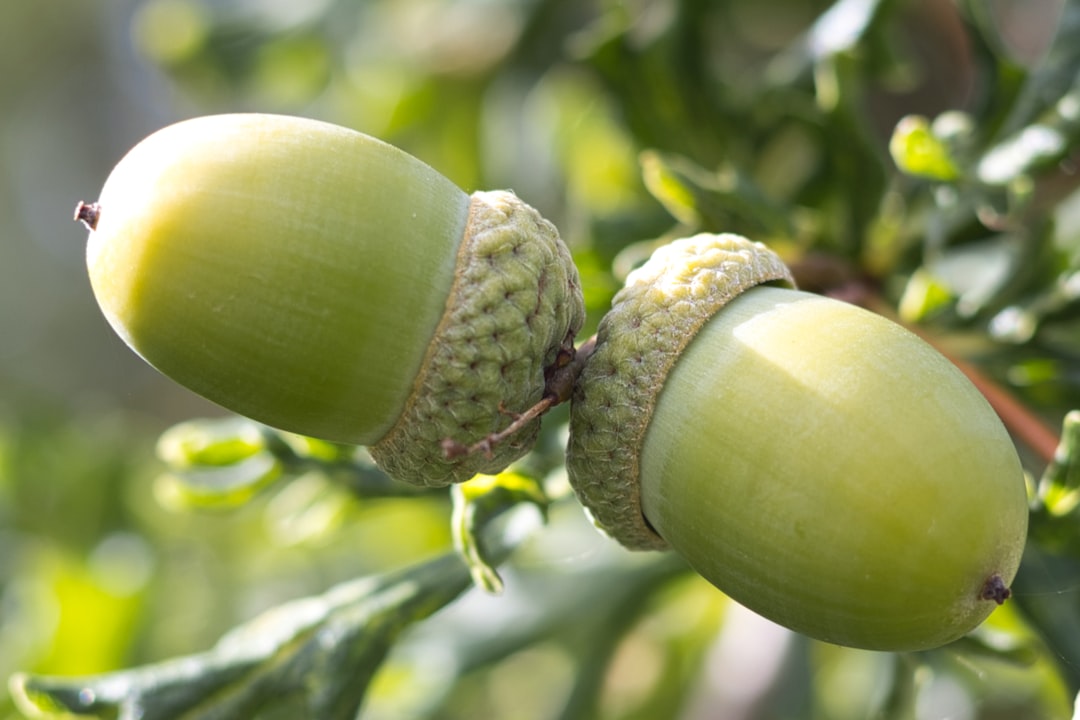Unveiling the Secrets of Cultivating Oregon Grape Holly

Oregon grape holly, a remarkable native evergreen shrub, is a captivating addition to any garden. With its vibrant yellow flowers and edible berries, it not only offers aesthetic appeal but also practical uses. In this comprehensive guide, we will explore the essential tips for successfully growing Oregon grape holly.
Understanding Oregon Grape Holly
Before delving into the cultivation process, it is crucial to understand the characteristics of Oregon grape holly. Scientifically known as Mahonia aquifolium, this shrub is native to the western United States, particularly in Oregon. It typically grows to a height of 3 to 6 feet and has a spread of 2 to 4 feet. The leaves are holly - like, with spiny edges, and are a deep green color, turning purple - bronze in the winter. The bright yellow flowers appear in clusters in the spring, followed by blue - black berries in the summer.
Choosing the Right Location
Oregon grape holly thrives in partial to full shade. While it can tolerate some sun, too much direct sunlight can cause the leaves to scorch. It prefers well - drained soil that is rich in organic matter. A location under the canopy of larger trees or on the north side of a building can provide the ideal amount of shade. The soil should have a slightly acidic to neutral pH level, around 5.5 to 7.0. If your soil is too alkaline, you can amend it with peat moss or sulfur to lower the pH.
Planting Oregon Grape Holly
When planting Oregon grape holly, dig a hole that is twice as wide and just as deep as the root ball. Gently remove the shrub from its container and loosen the roots. Place the shrub in the hole, making sure that the top of the root ball is level with the surrounding soil. Backfill the hole with soil, tamping it down gently to remove any air pockets. Water the newly planted shrub thoroughly to settle the soil around the roots. It is advisable to plant Oregon grape holly in the spring or fall when the weather is mild.
Watering and Fertilizing
Oregon grape holly has moderate water requirements. During the first year after planting, water the shrub regularly to keep the soil evenly moist. Once established, it is relatively drought - tolerant but still benefits from occasional deep watering, especially during dry spells. Avoid over - watering, as this can lead to root rot. As for fertilizing, apply a slow - release, balanced fertilizer in the spring. A fertilizer with an NPK ratio of 10 - 10 - 10 is suitable. Follow the instructions on the fertilizer package for the correct application rate.
Pruning and Maintenance
Pruning Oregon grape holly is generally minimal. You can prune the shrub in the late winter or early spring to remove any dead, damaged, or diseased branches. You can also shape the shrub to your desired size and form. However, be careful not to over - prune, as this can reduce the number of flowers and berries. Remove any suckers that emerge from the base of the shrub to maintain a tidy appearance. Additionally, keep an eye out for pests and diseases. While Oregon grape holly is relatively pest - and disease - resistant, it can be susceptible to aphids and powdery mildew. If you notice any signs of pests or diseases, treat them promptly with an appropriate insecticide or fungicide.
Harvesting the Berries
The berries of Oregon grape holly are edible and can be used to make jams, jellies, and wines. They are ready for harvest in the late summer or early fall when they are fully ripe and have a deep blue - black color. Wear gloves when harvesting the berries, as the leaves are spiny. Simply cut the clusters of berries from the shrub. The berries have a tart flavor and are rich in vitamin C.
In conclusion, growing Oregon grape holly can be a rewarding experience. By following these essential tips, you can enjoy the beauty of this native shrub in your garden for years to come. Whether you are a novice gardener or an experienced horticulturist, Oregon grape holly is a wonderful addition to any landscape.